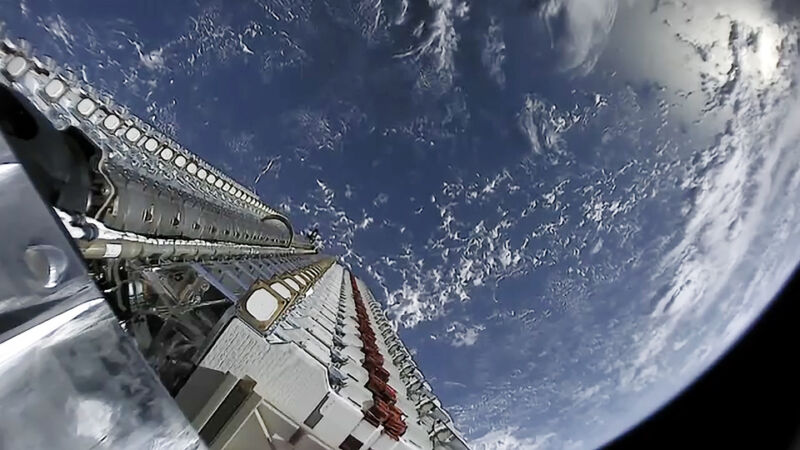Ars Live recap: Pondering the complexities of time travel in the movies
Produced by Michael Toriello and Billy Keenly. Click here for transcript.
During our second Ars Live event earlier this month, screenwriter/producer Ed Solomon (Bill & Ted franchise) joined physicists Sean Carroll (Johns Hopkins University) and Jim Kakalios (University of Minnesota) and Ars Senior Reporter Jennifer Ouellette for a rousing discussion on the science and logic of time-travel movies. The discussion was inspired by last fall's Ars Guide to Time Travel in the Movies, written with the objective of helping us all make better, more informed decisions when it comes to choosing our time-travel movie fare—and having a bit of fun while doing so. You'll find the entire discussion in the video above, complete with a transcript.
Not all time-travel movies are created equal. Some make for fantastic entertainment, but the time travel makes no scientific or logical sense, while others might err in the opposite direction, sacrificing good storytelling in the interest of technical accuracy. The best strike a good balance between those two extremes.
We started off by letting Carroll recap his fundamental rules for time travel in the movies: (1) You can't go back earlier than whenever the time machine you're using was built; (2) it's easy to travel to the future, and special and general relativity give us ways to get to the future faster; (3) it may or may not be possible to travel to the past BUT.... (4) if you do, you can't change the past. Whatever happened, happened.
